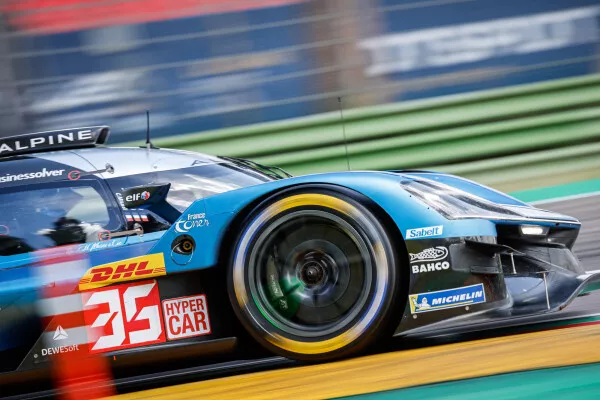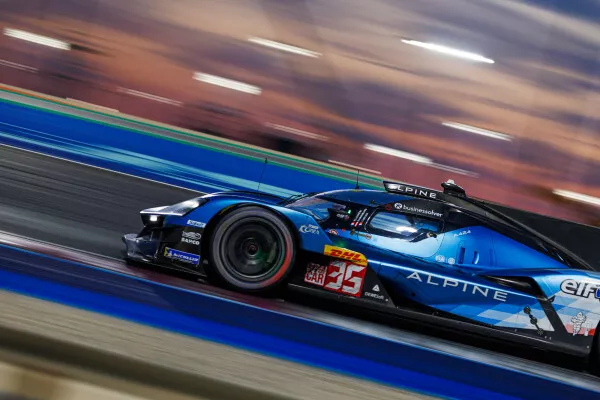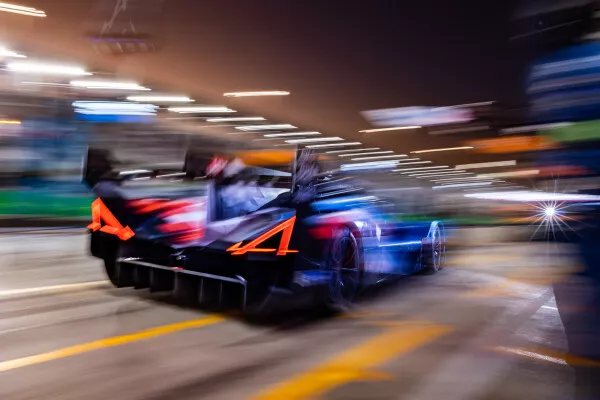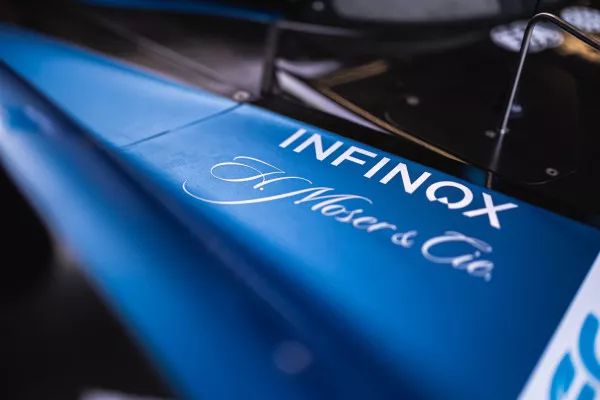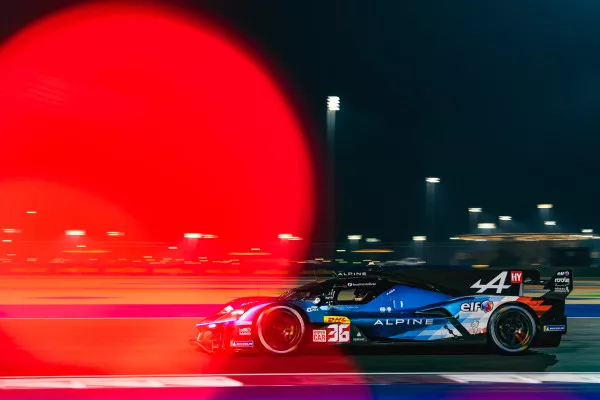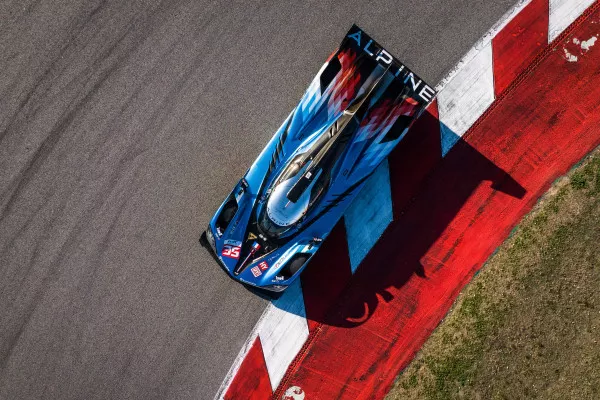The Alpine A480: Reliability, a must!
Through its very nature, endurance racing puts cars to a unique test where reliability arguably plays a bigger role than in any other form of motorsport. Alpine Elf Endurance Team’s Director of Operations David Vincent explains how the current FIA World Endurance Championship-topping team takes this vital parameter into account at Le Mans.
07 June 2022
Since Alpine switched to endurance racing’s headlining class at the beginning of 2021, its reliability record has been second to none. Indeed, not only has the Alpine A480 completed the eight rounds it has contested to date, but it has also been a top-three finisher every time! End-to-end, these eight races total almost 72 hours, during which time the French prototype hasn’t encountered a single problem serious enough to stop it in its tracks. That’s an enviable record by anyone’s standards.
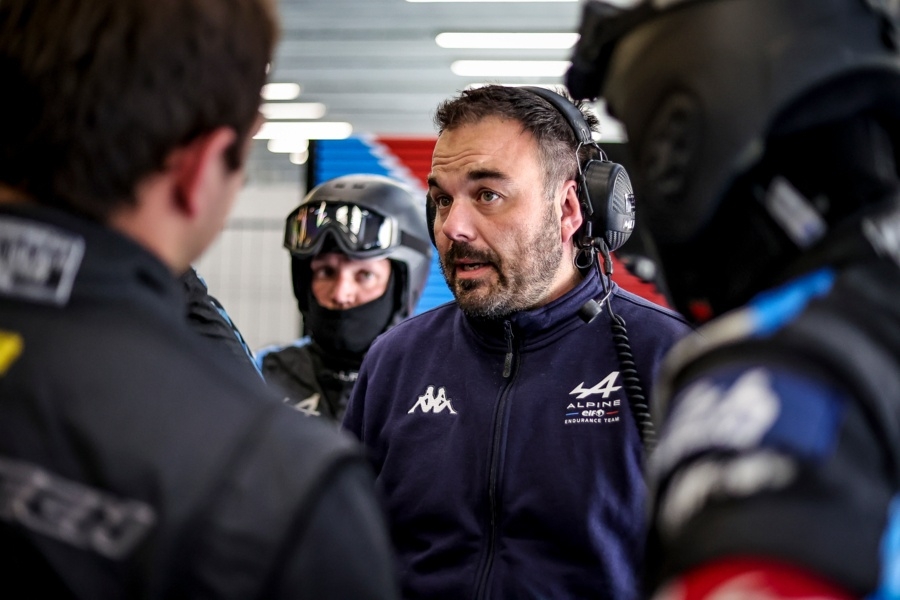
In endurance racing, reliability comes first. A car that doesn't finish the race is useless!David Vincent, Alpine Elf Endurance Team Director of Operations
Two key parameters
A stickler for detail, the team’s operations chief David Vincent will point out that there have been the odd hiccoughs. However, even the setback that slowed Nicolas Lapierre, Matthieu Vaxiviere and André Negrão in the searing heat of Bahrain in 2021 failed to prevent the trio from reaching the chequered flag on the podium.
Clearly, such a high level of reliability isn’t merely a question of luck. On the contrary, it stems from two fundamental factors: the car’s excellent design and the meticulous attention the team pays to operational matters.
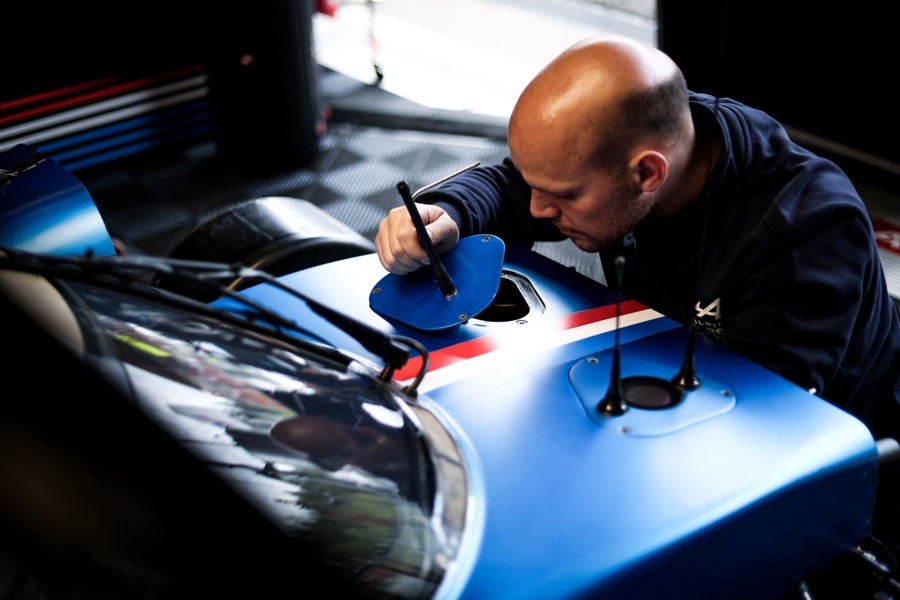
The engineers and mechanics of the Alpine Elf Endurance Team leave nothing to chance
Varying levels of punishment
Not all the circuits visited by the FIA World Endurance Championship calendar make the same demands of the car’s mechanicals. Take Sebring, for example, which hosted Round 1 of this year’s series that Alpine won in March. “Sebring’s exceptionally bumpy surface makes it the most demanding venue of the season,” observes David Vincent. “It’s always tricky to kick off the season there because an eight-hour race at Sebring is equivalent to 24 hours at Le Mans when it comes to reliability. Obviously, the parts we run at Sebring are nearly all replaced afterwards, whereas we might re-employ a number of components after Le Mans.”
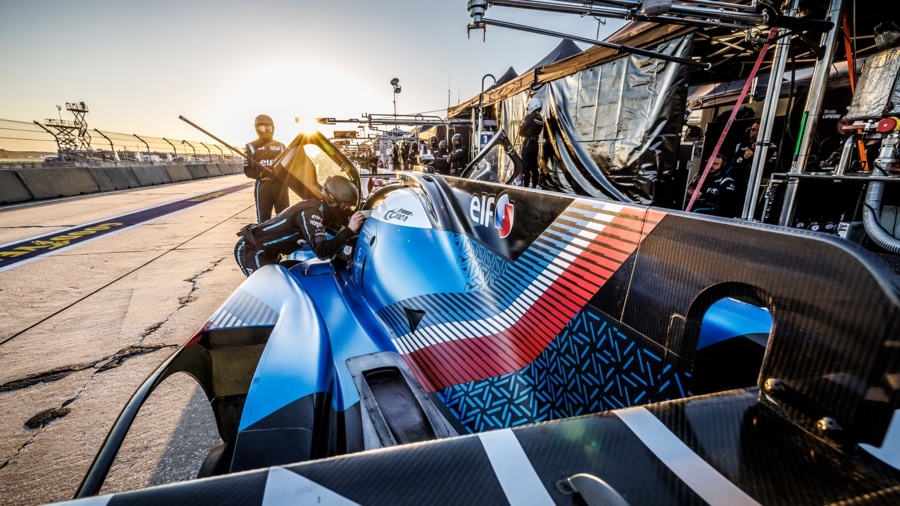
Sebring furnace puts A480 to the test
Efficient parts management is effectively one of the keys to good reliability. “All the components we receive are registered using a barcode or an etched reference number so that we can track them and pinpoint the precise distance they have covered in the course of their working life,” continues David Vincent. “To maximise reliability, their use is carefully planned. A part that has been raced may be fitted subsequently at a test, but we rarely take the risk of racing the same component twice.”
That said, the car isn’t necessarily made up entirely of brand-new parts at the start of every race. “There are occasions when we will run a pre-used component. Indeed, there can be circumstances where we prefer to use a part that has been signed off in testing – or even previously raced – rather than switch to a new one.”
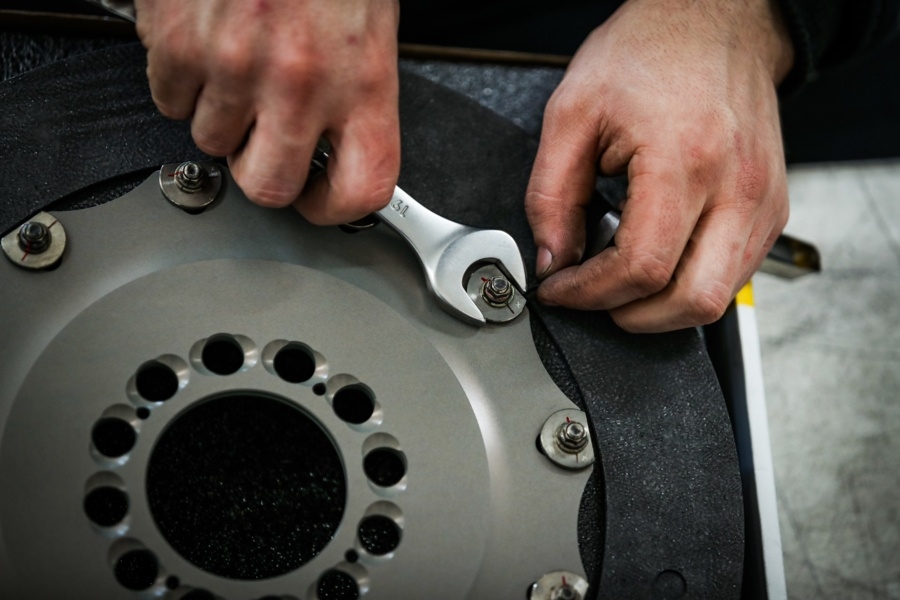
Careful parts management is required
Le Mans - The ultimate test
Le Mans is clearly a one-off challenge… “It’s the race’s duration that makes it so hard, because the track isn’t all that punishing in itself. Also, our car was designed from the outset to go the distance without any issues. In theory, once the race has started, our job is simply to add fuel and bolt on fresh tyres.”
Endurance races have become more like sprints today, however, which means hopes of a strong result can be dashed if mechanical work on the car proves necessary. Thanks to telemetry, though, the team’s engineers are able to monitor the A480 permanently in real time: “There are certain aspects of our prototype we watch over more than others, such as its electronic systems which tend to be the most fragile aspect nowadays,” says David Vincent. “Nine times out of 10, if we have a problem during a race, it will be electronics-related.”
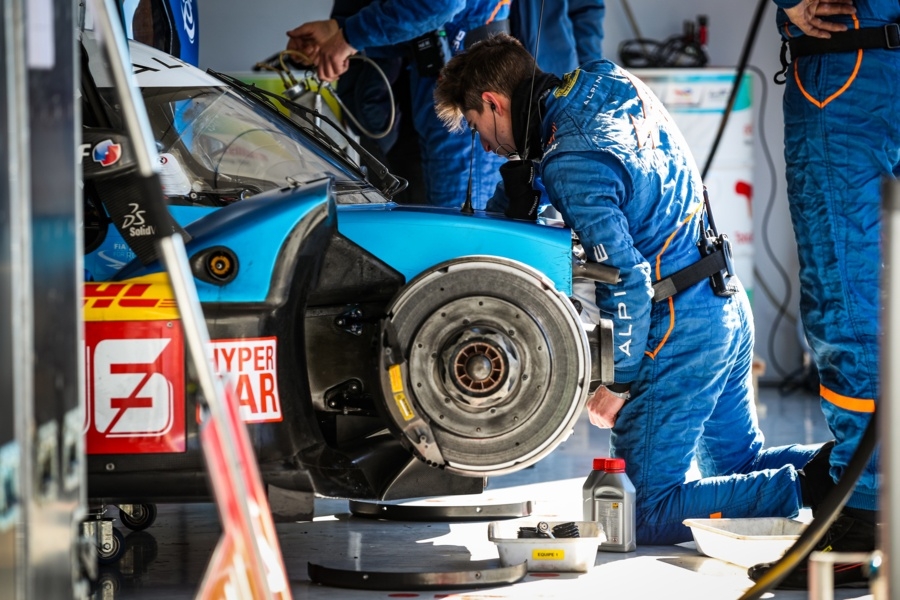
Beware of the brakes on the 24 Hours of Le Mans track
Certain mechanical components tend to be more exposed at Le Mans. They include the gearbox and brakes which notably have to cope with constraints resulting from the regulation that obliges the Alpine A480 to carry a significant amount of ballast, in addition to its intrinsic weight. Brakes are clearly crucial to both performance and driver safety, so the carbon discs, callipers and pads are engineered with a view to avoiding their replacement in the course of endurance racing’s 24-hour showpiece.
Pre-determined racing lines
Before races, the drivers complete a recce lap of the track by foot and inspect every corner in the company of their engineers. “They discuss which lines are to be preferred and which ones should be avoided, or whether to ride or steer clear of a given kerb in order to spare the suspension, chassis, etc.”
But even the best-laid plans can occasionally be upset by unforeseen circumstances like poor weather, a Safety Car interruption or an accident. Here again, though, the team is ready to do whatever it takes to get the car to the finish. “In the cases where we need to work on the car after a tangle, say, all the back-up parts are pre-prepared. The replacement sub-assemblies are ready in plug-and-play mode to be fitted in the shortest time as possible,” concludes David Vincent.

In the event of a problem, the mechanics can intervene quickly to change a part
Let’s hope that such interventions won’t be necessary on the weekend of June 11-12 and that the #36 Alpine A480 will run like clockwork not only at Le Mans, but also at all the other remaining rounds of the world championship!
Founded in 1955 by Jean Rédélé, Alpine has asserted itself over the years with its French-style sports cars. In 2018, the brand presented the new A110, a sports car that is true to Alpine’s timeless principles of compactness, lightness, agility and driving pleasure. In 2021, the Alpine Business Unit was created, to become the dedicated brand for the innovative, authentic and exclusive sports cars of the Renault Group, benefiting from the heritage and know-how of its historic Dieppe factory and the engineering expertise of the Alpine Racing and Alpine Cars teams.
Media library (15)
- All (15)
- Images (13)
- Videos (2)
Founded in 1955 by Jean Rédélé, Alpine has asserted itself over the years with its French-style sports cars. In 2018, the brand presented the new A110, a sports car that is true to Alpine’s timeless principles of compactness, lightness, agility and driving pleasure. In 2021, the Alpine Business Unit was created, to become the dedicated brand for the innovative, authentic and exclusive sports cars of the Renault Group, benefiting from the heritage and know-how of its historic Dieppe factory and the engineering expertise of the Alpine Racing and Alpine Cars teams.
related topics




